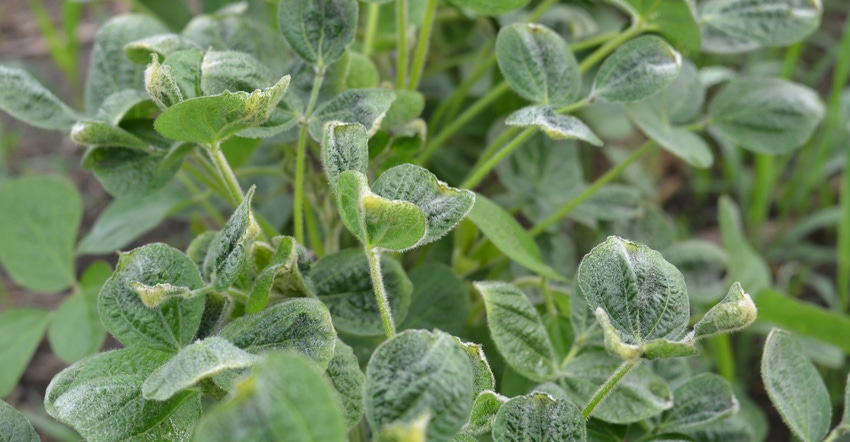
Sixty-two complaints of dicamba damage this season continue to be investigated by the Minnesota Department of Agriculture.
Josh Stamper, director of MDA’s pesticide and fertilizer management division, says some complaints came in after the state’s June 20 dicamba cut-off date. He notes that there were some complaints about drift and that the season was very challenging.
Following the U.S. EPA’s Oct. 27 announcement approving new and extending previous registrations for dicamba, MDA officials met with soybean growers involved with a state dicamba task force. Overall, growers are united in wanting to have dicamba as a tool to use on dicamba-tolerant soybeans, yet there are serious concerns about proper use.
“At this point, we’re still working through the data we’re collecting,” Stamper says. He adds that the department was optimistic in making an announcement within the next month or two about dicamba use in Minnesota.
EPA approved new registrations for two “over-the-top” dicamba products — XtendiMax with VaporGrip Technology and Engenia Herbicide — and extended the registration for an additional OTT dicamba product, Tavium Plus VaporGrip Technology. These registrations are only for use on dicamba-tolerant (DT) cotton and soybeans and will expire in 2025.
According to an EPA news release, the dicamba registrations added these control measures:
• Requiring an approved pH-buffering agent (also called a Volatility Reduction Agent or VRA) be tank mixed with OTT dicamba products prior to all applications to control volatility.
• Requiring a downwind buffer of 240 feet and 310 feet in areas where listed species are located.
• Prohibiting OTT application of dicamba on soybeans after June 30 and cotton after July 30.
• Simplifying the label and use directions so that growers can more easily determine when and how to properly apply dicamba.
EPA says the 2020 registration labels also provide new flexibilities for growers and states. For example, there are opportunities for growers to reduce the downwind spray buffer for soybeans through use of certain approved hooded sprayers as an alternative control method. EPA says it recognizes and supports FIFRA section 24 authority that allows states to issue locally appropriate regulations for pesticide use.
Since EPA’s announcement, a lawsuit was filed by American Soybean Association and the Plains Cotton Growers that takes issue with specific control measures, such as a new downwind buffer requirement and application cutoff dates. According to a Nov. 6 Farm Progress story, the two groups say that the new conditions are too restrictive for growers and will impact yield, productivity and costs.
About the Author(s)
You May Also Like






